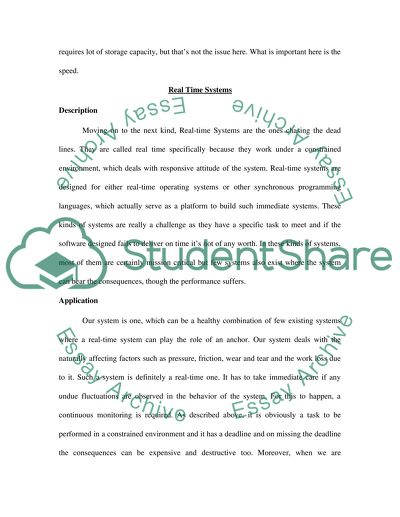Cite this document
(“Software Engineering Tutorial Assignment Example | Topics and Well Written Essays - 2000 words”, n.d.)
Software Engineering Tutorial Assignment Example | Topics and Well Written Essays - 2000 words. Retrieved from https://studentshare.org/information-technology/1504246-software-engineering
Software Engineering Tutorial Assignment Example | Topics and Well Written Essays - 2000 words. Retrieved from https://studentshare.org/information-technology/1504246-software-engineering
(Software Engineering Tutorial Assignment Example | Topics and Well Written Essays - 2000 Words)
Software Engineering Tutorial Assignment Example | Topics and Well Written Essays - 2000 Words. https://studentshare.org/information-technology/1504246-software-engineering.
Software Engineering Tutorial Assignment Example | Topics and Well Written Essays - 2000 Words. https://studentshare.org/information-technology/1504246-software-engineering.
“Software Engineering Tutorial Assignment Example | Topics and Well Written Essays - 2000 Words”, n.d. https://studentshare.org/information-technology/1504246-software-engineering.


